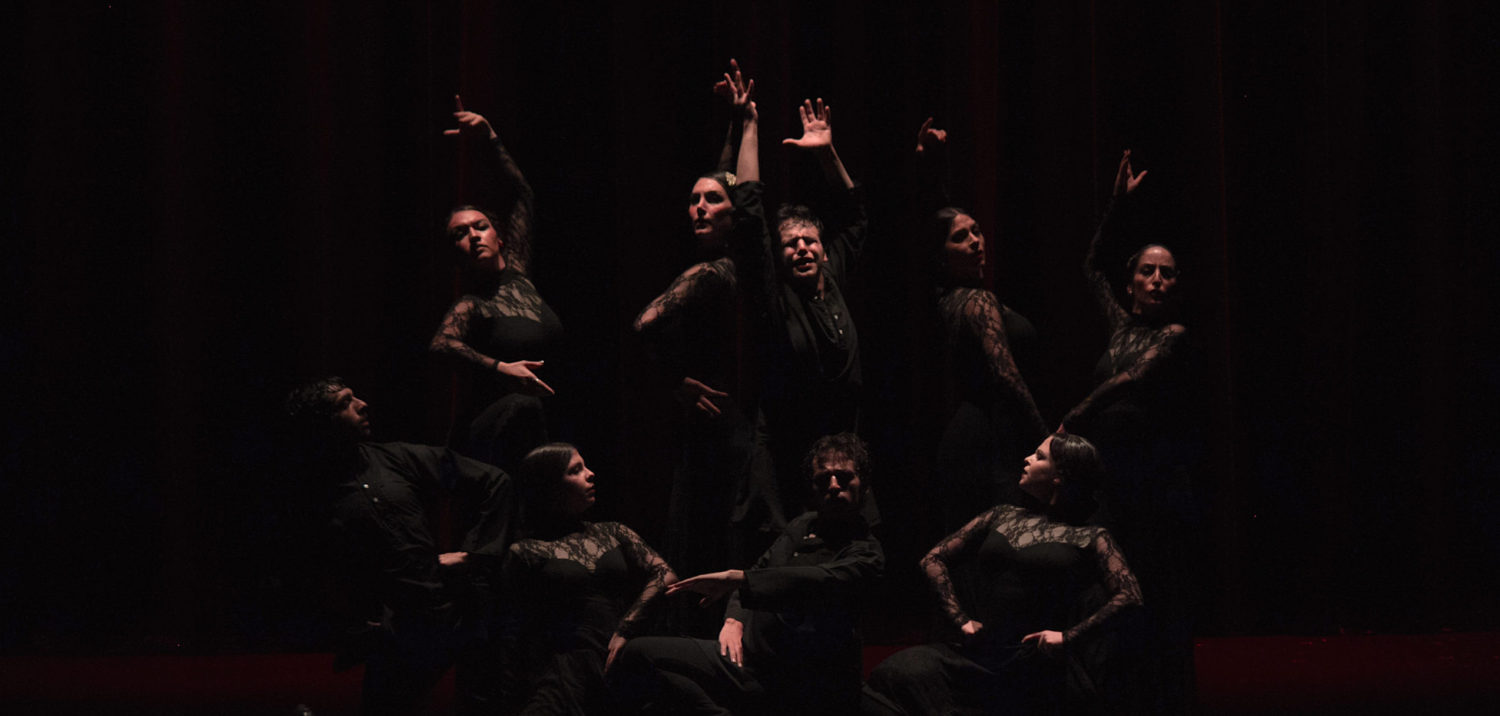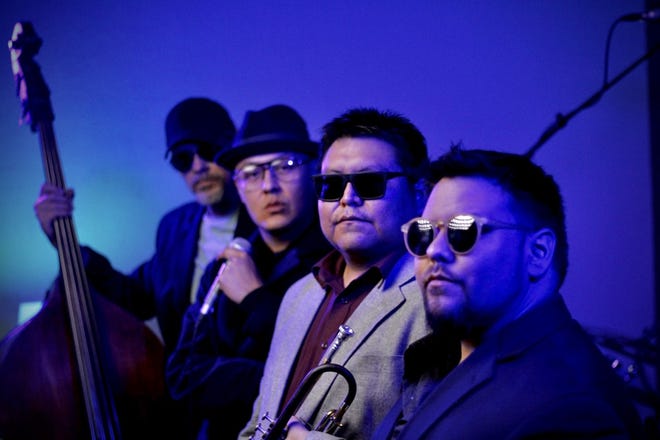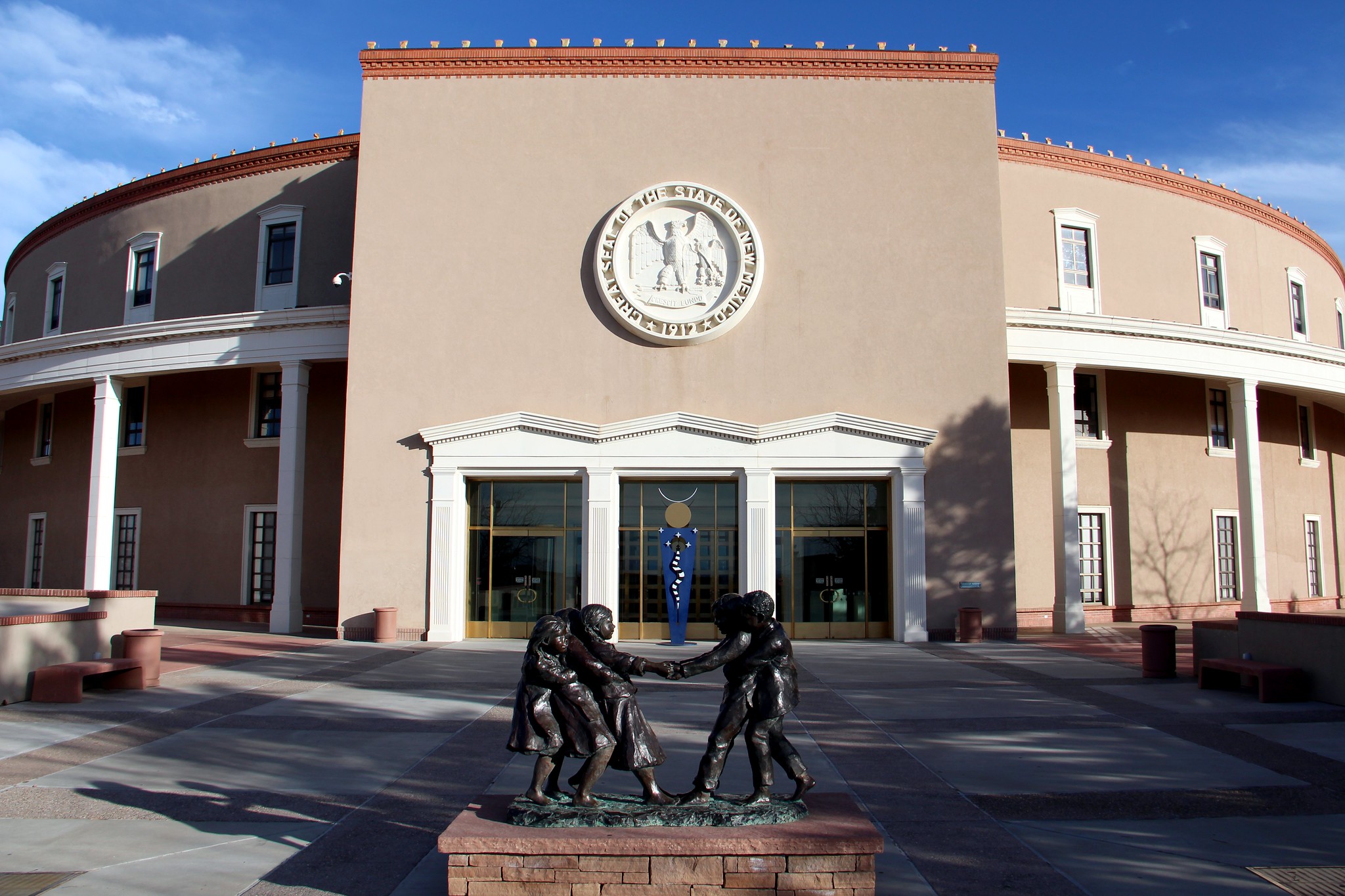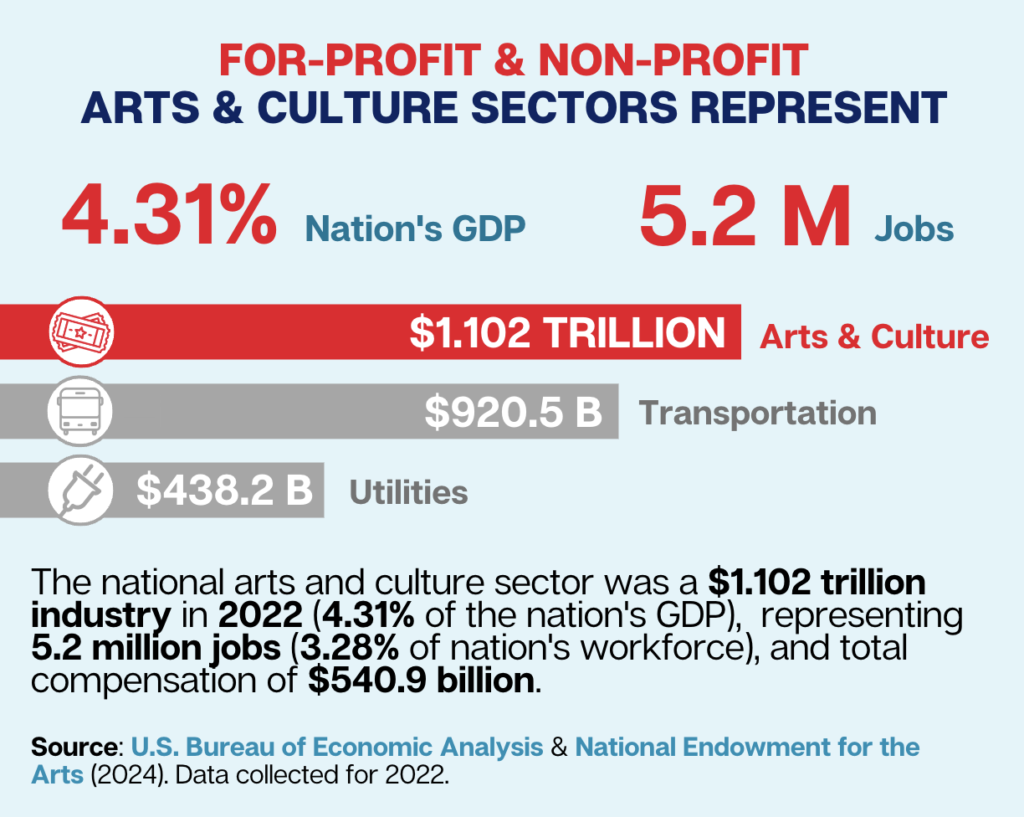
Advocacy
Courtesy of Yjastros: The American Flamenco Repertory Company. Photo Credit: Pat Berrett
Advocating for the Arts in New Mexico
Creative New Mexico is a statewide arts advocacy organization dedicated to promoting the arts and cultural assets that contribute to New Mexico’s creative economy.
Tips for Building Individual and Organizational Advocacy Capacity
- Develop a contact list of local elected officials and decision-makers (mayor, city councilors, city management, county commissioners, county management, state legislators) to reach out to regarding issues and opportunities
- Develop a contact list of arts “champions” – strong advocates who can work with you to promote arts-related causes
- Continuously cultivate long-term relationships with your elected officials/decision-makers. Keep them up-to-date on arts activities; invite them to events; build relationships to lay groundwork for advocacy
- Publicly acknowledge, through various media, the support your arts community has received from elected officials/decision-makers
- Join with other arts/culture organizations in your community to formulate a joint advocacy plan or schedule conversations with legislators or community officials
Communications Strategies For Organizations
- Develop an Economic Impact Statement, Community Impact Statement, and/or Education Impact Statement for your organization and distribute to local, state, and federal officials; donors; membership; and the public
- Compile compelling stories about how your organization has effected change and well-being in your community
- Connect with local media and develop relationships that can help you get your message out
- Make sure that your local, state, and federal officials are aware of funding you have received and how these funds made an impact on your organization and community (i.e. grants from New Mexico Arts, NEA, NEH, IMLS, private foundations, local allocations)
Communication Strategies For Individuals
- Write letters or make phone calls to local officials to:
- Thank them and acknowledge public support for arts organizations, events, projects
- Inform them to share a personal story about the importance of the arts to daily life
- Ask them to make a specific request for support of a policy or project
- Write letters to the editor
- Share stories on social media
- New Mexico Arts Advocacy Toolkit
- American Alliance of Museums Advocacy Toolkit
- Americans for the Arts Local Arts Rapid Response Toolkit (how to take quick action in the face of a budget cut.)
- Americans for the Arts pARTnership Toolkits (strategies for engaging the private sector)
- New Mexico Voices for Children – A Guide to Legislative Advocacy in New Mexico
- Why the Arts Matter in New Mexico in 2024
- Culture’s Impact on New Mexico
- Arts and Economic Prosperity Study 6
- Arts and Economic Prosperity Study FAQs
- NM Fine Arts Education Act
- Creative Industries Division Study
The New Mexico Legislature is, like Congress, made up of two chambers: the House of Representatives and the Senate. The House contains 70 members who serve two-year terms and the Senate contains 42 members who serve four-year terms. The Legislature meets in regular session on the third Tuesday in January. In odd-numbered years, the Legislature meets for 60 calendar days. In even-numbered years the Legislature meets for 30 days. Special Sessions of 30 days can be called by the Governor when three-fifths of each house petitions the Governor for a Special Session. To locate your elected officials in the New Mexico Legislature, search the website www.nmlegis.gov.
The Major Players: Budgetary Committees
The Appropriations and Finance Committee of the House of Representatives and the Finance Committee of the Senate are two of the most important committees affecting the health and welfare of the arts and culture sector. During session, the House Appropriations and Finance Committee and the Senate Finance Committee develop the general appropriations bills. These two committees hear all bills that appropriate money. To find committees and membership, search the website www.nmlegis.gov.
Additionally, the Legislative Finance Committee (LFC) is the interim committee that recommends the appropriations to be included in the state budget
Bills: Step-by-Step
Introduction
Legislators may singly or by committee introduce bills, in either the Senate of the House of Representatives. After a bill has been drafted and prepared for introduction, the Chief Clerk assigns it a number.
Committee Consideration and Action
Most of the consideration of legislation in New Mexico occurs in committees. Typically, bills are assigned review by two committees. With regard to a bill, the committee can take one of several actions:
- The committee may recommend to the legislative body that it Do Pass, Do Pass as Amended, or Do Not Pass, or it may refer the bill back to the floor or to another committee Without Recommendation;
- The committee may substitute a new and similar bill for the original bill, incorporating changes the committee may wish to make;
- The committee may recommend referral of the bill to another committee; or
- The committee may simply do nothing and let the bill die by not reporting it out of committee.
The committee reports are subject to adoption by the full House or Senate. When the favorable committee report is adopted, the bill is placed on the calendar, which is the schedule of business the House or Senate must consider on any day.
Final Passage
When a bill is called for its third reading, members may debate its pros and cons on the chamber floor. Amendments may be added at this stage, or the entire bill may be substituted by another similar bill. The sponsor of the bill is allowed to close a debate by speaking last on the bill. A final vote is taken and recorded.
Sent to the Other House
I a bill receives a favorable vote, it is then sent with a letter of transmittal to the other house where it will follow a similar procedure.
Concurrence
A bill that is amended in the second house must be sent back to the first house for agreement. This is called concurrence. If concurrence is denied, the second house votes on whether to recede or withdraw from the amendment. If it fails to recede, the bill is usually sent to a conference committee to attempt to work out a version agreeable to both houses. For a bill to pass, both houses must agree to the report of the conference committee.
Enrolling and Engrossing
When both houses in the Legislature have agreed on a final version of the bill, it is enrolled and engrossed, which means that it is copied with all amendments or changes. The presiding officers of both houses sign the bill, and it is sent to the Governor for signature.
Governor’s Action
The Governor may:
- Sign the bill, in which case it becomes one of the laws of New Mexico, or
- The Governor may veto the bill. If the Legislature is still in session, it may attempt to override the Governor’s veto.
- If the Governor fails to sign the bill within three days while the Legislature is still in session, it becomes law without his or her signature.
- If the Legislature has adjourned, the Governor has 20 days from adjournment to decide about bills the Legislature has sent. If the Governor fails to act upon a bill after the Legislature has adjourned, it is called a pocket veto.
- The Governor of New Mexico may also “line item” veto bills.
Creative New Mexico Receives State Advocacy Funds
For over a decade, Western States Arts Federation (WESTAF) has disbursed funds (generated from its earned income) to each state in the West to support efforts on behalf of a state’s arts advocacy agency. This advocacy support includes helping to fund professional-level advocacy work, advocacy training, and occasionally advocacy days or summits. Creative New Mexico is the recipient of past and current State Advocacy Grant Funds and is a member of the Western Arts Advocacy Network (WAAN) that brings together leaders from state arts advocacy organizations and other key advocates from across the West to network, share best practices, and inform WESTAF’s support of arts advocacy. States represented include Alaska, Arizona, California, Colorado, Hawaii, Idaho, Montana, Nevada, New Mexico, Oregon, Utah, Washington, and Wyoming.

Photo Courtesy: DDAT. Def-i, Delbert Anderson, Nicholas Lucero, and Mike McCluhan.


